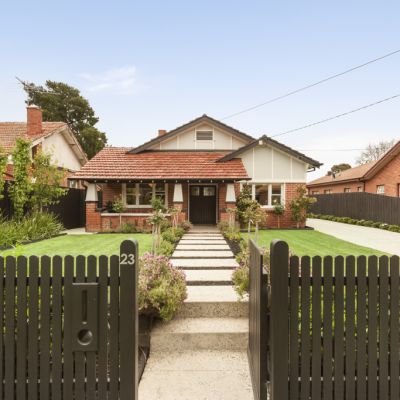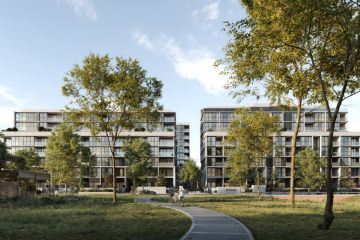How do Australia's multimillion-dollar house prices compare around the world?
Housing affordability is on every Australian’s mind.
Four of Australia’s eight capital cities now have a median house price of $1 million or more, and by the end of the year, that figure will likely grow to six.
However, Australia is not alone. Rapidly rising property prices are a global problem.
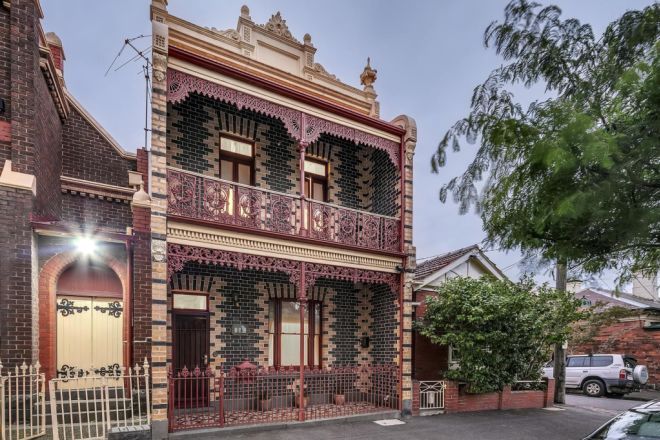
Based on price alone, Australia’s $1 million cities – Sydney ($1.6 million median house price), Melbourne ($1.03 million), Canberra ($1.06 million) and Brisbane ($1.01 million) – are still not in the top five most expensive markets, according to a 2025 Savills real estate research report and Finder.
The most unaffordable city in the world – in terms of mortgage as a percentage of income – is Hong Kong, according to a 2024 Demographia International Housing Affordability report that analysed 2023 data. Hong Kong is followed by Sydney and Vancouver in Canada and San Jose, Los Angeles and Honolulu in the US.
What are housing markets like elsewhere in the world?
Across the world, the incidence of million-dollar-plus medians has risen.
An analysis by Domain of property price data from a variety of international real estate data sources found a number of major cities across the world have higher house prices than Australia’s most expensive cities, such as Los Angeles ($1.8 million), Paris ($2.1 million) and Madrid ($2.3 million).

This era of high property prices across the major cities around the globe is the new normal, says PRD real estate chief economist Dr Diaswati Mardiasmo.
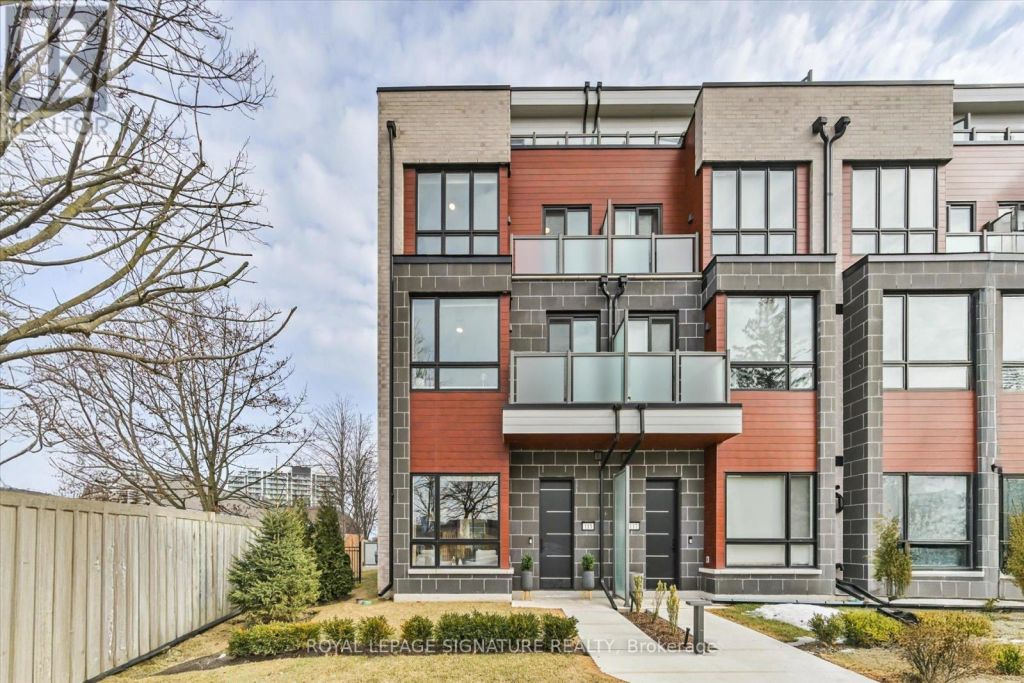
“In terms of the [property price] trends, it’s literally almost a copycat between each of the different countries.
“It does suck for everyone in the world,” says Mardiasmo. “I talk to my friends in Ontario, in Ottawa, in Massachusetts, even my friends in Shanghai … and they’re all literally just echoing what everybody else is saying [in Australia about property prices].”
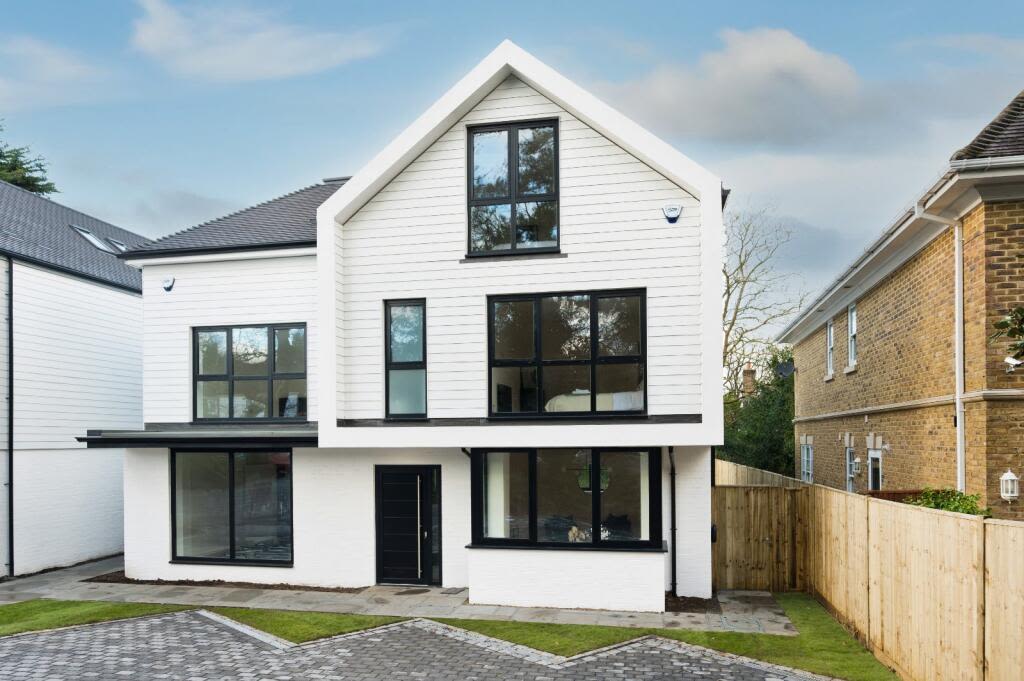
The cause of this global housing crisis is a lack of supply, says Sean Langcake, head of macroeconomic forecasting at BIS Oxford Economics.
“North American countries are in a similar boat, albeit with a very different issue of decentralisation. It’s a really boring answer, but it always comes back to supply,” he says.
We cannot build enough homes quickly enough to meet population demands in major cities. As people live longer and the population continues to grow, there are just not enough places for people to live in.
Why is there an undersupply of housing in major cities around the world?
The simple answer is that fewer people live together and people are living longer, so we need more housing for everyone.
“When you look at Australia, single-person households account for 26 per cent of households, and that is rising. In 2016, it was 24 per cent. In the early 1980s, it was 18 per cent. That rise in single-person households is a long-term trend, ” says Domain’s chief of research and economics, Dr Nicola Powell.
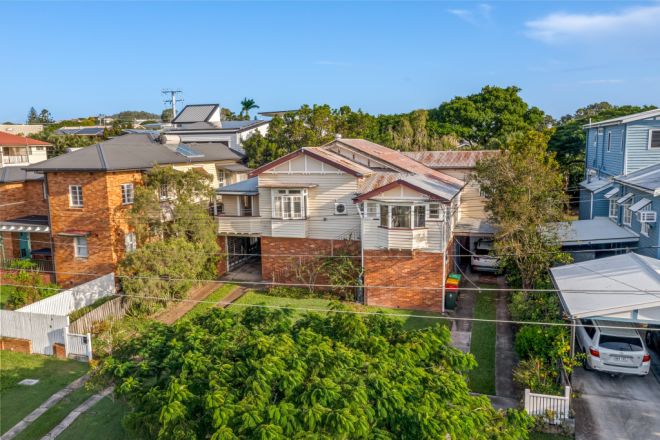
“We are not using the homes that we currently have efficiently and effectively. That strains the housing supply.”
In Europe, apartments are more common and socially accepted as a place to live long-term, allowing for some of the lowest living area per person figures, particularly in London, says Waltl.
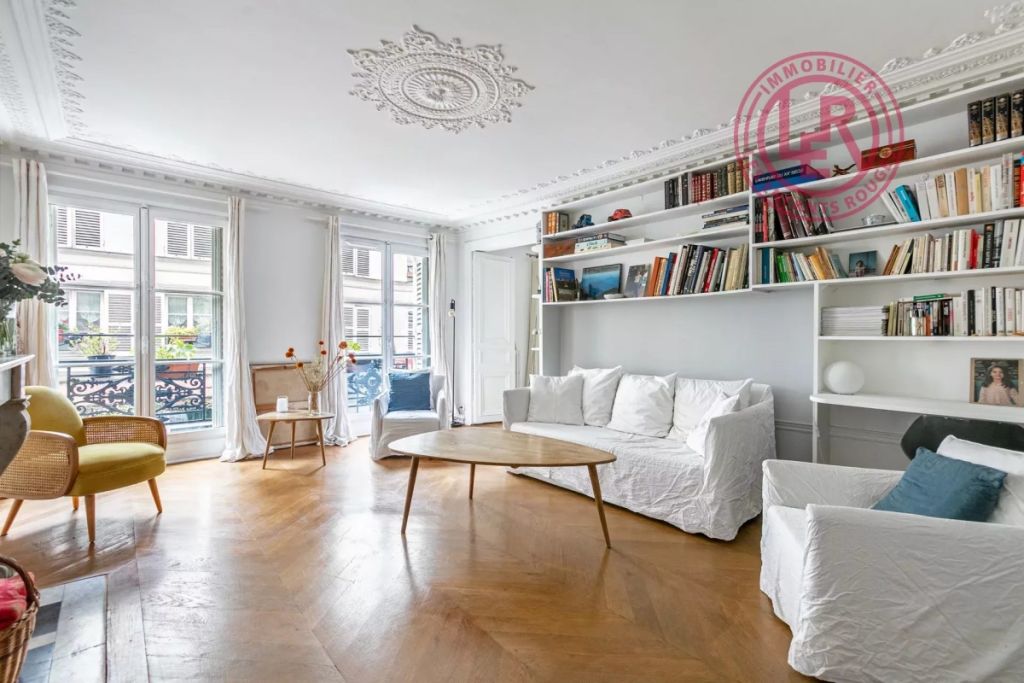
The Great Australian Dream of owning a large house with a backyard is still widely considered to be the ideal property type for many Australians. The average size of a house is 232 square metres, according to the ABS.
It’s a similar story in other countries such as the US and New Zealand. – home owners have also chased bigger homes and more space.
In the US, houses just keep getting larger, says North American economist at Capital Economics Thomas Ryan.
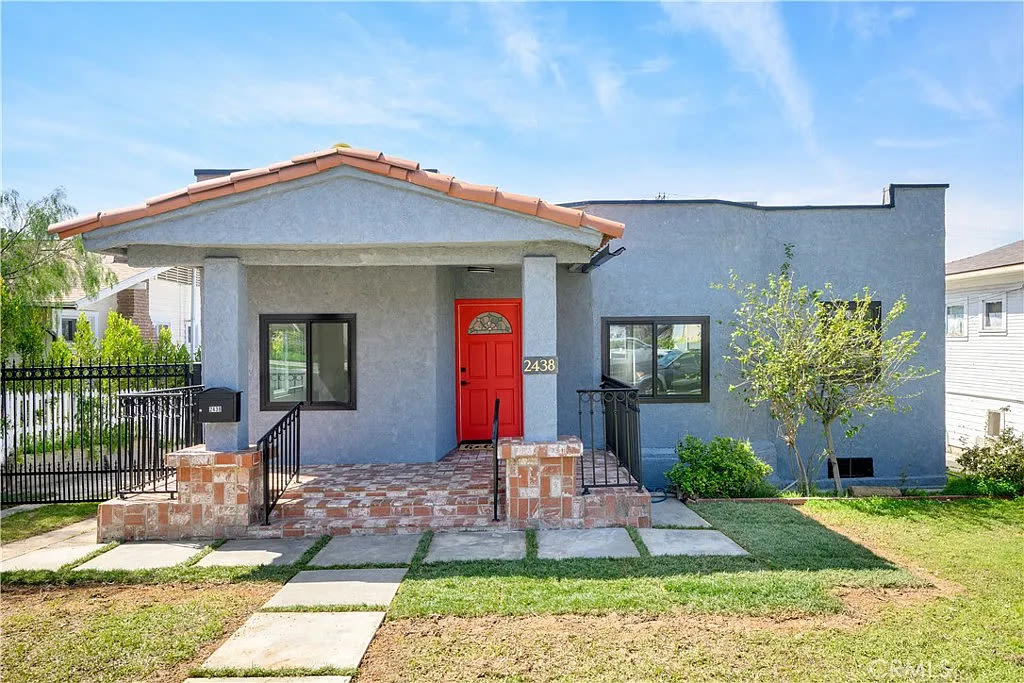
Owning a house is also the New Zealand dream, says New Zealand economist at Oxford Economics Ben Udy.
“We might be starting to see a slight shift away from this in Auckland, but for the vast majority of New Zealanders, detached housing is still the expectation.”
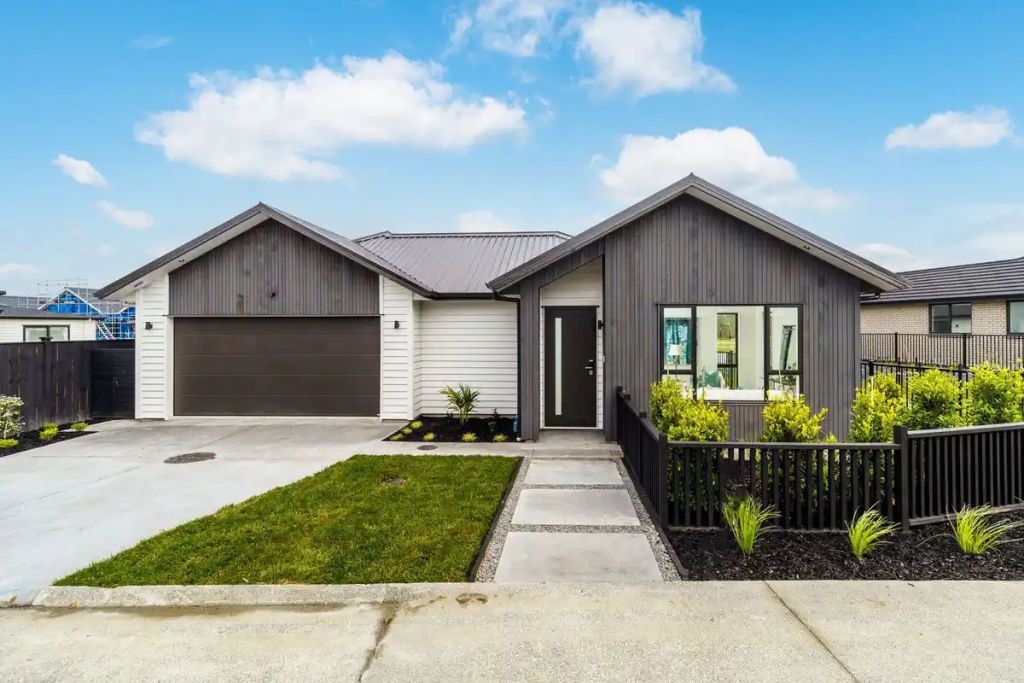
In a city like Sydney, which is hemmed in by mountains, national parks, and the ocean, urban sprawl is limited, and land could eventually run out, says Powell.
“Canberra is actually also one of those examples where the city is running out of land,” she says. “Canberra has created its first cross border suburb with New South Wales.”
But it’s not as simple as just building up rather than out.
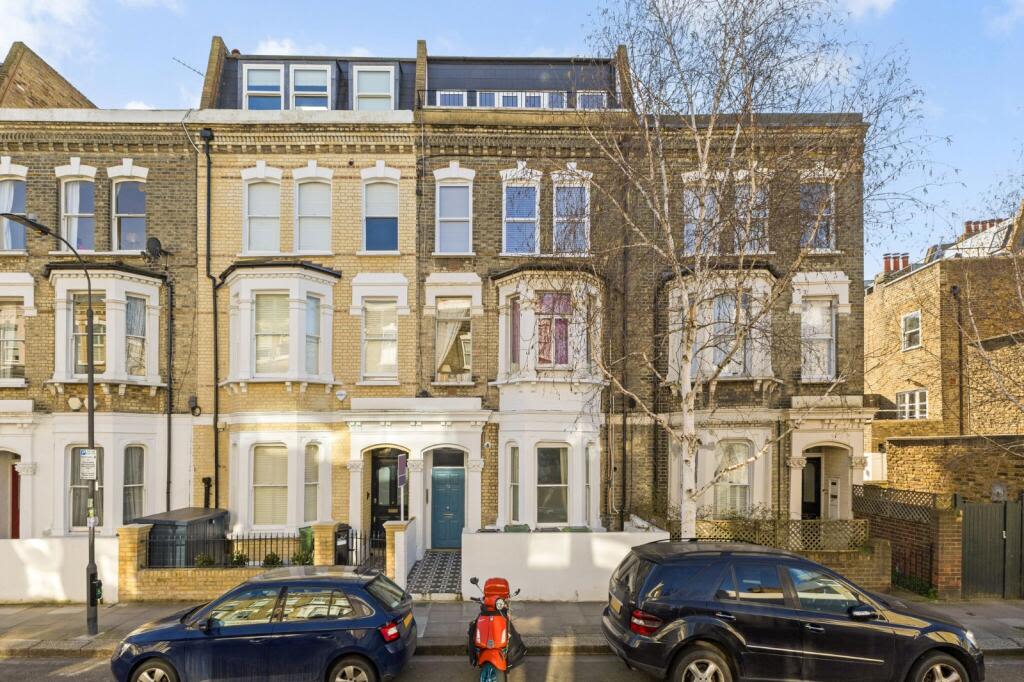
Despite the higher density of apartments and much lower average square meterage, prices have continued to skyrocket in London, according to University of Cambridge professor Sofie Waltl.
“Something similar is observed also in other booming and unaffordable European cities like Paris or Barcelona,” says Waltl.
Why did house prices skyrocket worldwide in recent years?
The RBA lowered the official cash rate to a historic low of 0.1 per cent, and they weren’t the only national central bank to do this.
“All of the reserve banks around the world went into a panic almost, and that’s why the cash rate was cut so severely in all developed economies,” says Mardiasmo.
| Country | Cash rate (%) |
| Australia | 0.10 |
| Canada | 0.25 |
| USA | 0.25 |
| New Zealand | 0.25 |
| EU | 0.25 |
| UK | 0.10 |
During this low cash rate era, people suddenly had a higher borrowing capacity and, therefore, more money to pay for property. Home prices in the US surged by 17 per cent in 2021 and 15 per cent in 2022, says North American economist Thomas Ryan. But when banks across the world began raising rates to combat inflation, the record-low interest rates disappeared.
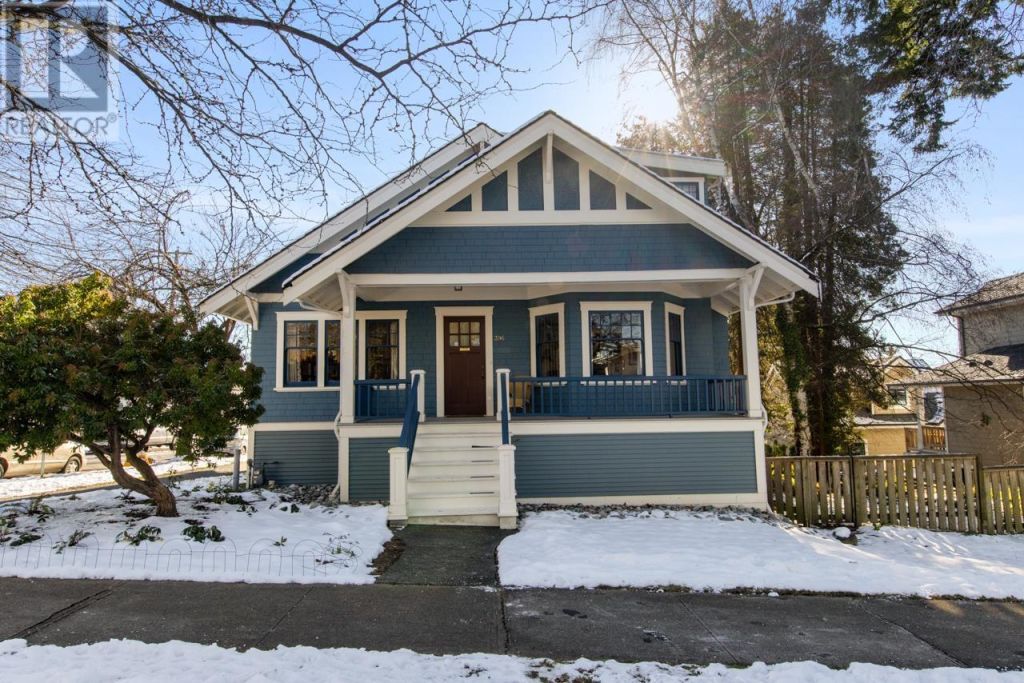
“As interest rates then rose, housing unaffordability reached the highest levels on record,” says Udy.
The fact that the RBA tends to move slower than its overseas counterparts in cutting interest rates means Australians have been paying higher mortgage repayments on increasingly painful property prices longer than other countries, says Mardiasmo, essentially meaning Australia has felt more expensive for longer.
“[High property prices] are reflected around the world. The only reason why it seems different [in Australia] is just the timing of it,” she says.
“Other countries like Canada, the US, UK, New Zealand, they increased their cash rates about four to six months before us, and they cut their cash rates anywhere four to six months before us. So, that’s why it feels different. It’s the timing.”
We recommend
We thought you might like
States
Capital Cities
Capital Cities - Rentals
Popular Areas
Allhomes
More

